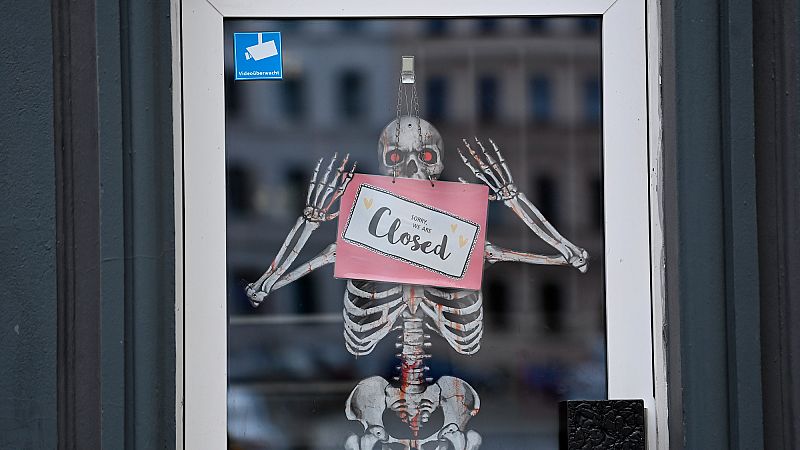Where are firms thriving and barely surviving?
Companies are vital for creating jobs. More firms mean more employment and stronger economies. But enterprises are dynamic. They open and close all the time.
In 2023, the European Union had more than 33 million active enterprises according to Eurostat. 3.5 million new businesses were created that year, while 2.8 million closed down. This equals a birth rate of 10.5% and a death rate of 8.5%. In other words, more firms opened than shut their doors in the EU.
However, these rates vary widely from country to country. So, which nations saw the highest business birth and death rates? And more importantly, where did more companies open than shut down across Europe?
Enterprise birth rates ranged from 6.2% in Austria to 19.6% in Lithuania. Malta, Portugal, Estonia, and France also had birth rates above 14%.
In addition to Austria, Denmark, Italy, Sweden and Belgium, Germany, and Greece recorded the lowest business birth rates, all below 9%.
Enterprise death rates varied from 2.6% in Hungary to 27.5% in Estonia. The rate also exceeded 15% in Ireland, Bulgaria, and Lithuania.
Besides Hungary, Greece, the Netherlands, Austria, and Croatia reported the lowest business death rates.
“The gap between enterprise birth and death rates is a key indicator of economic vitality, reflecting how effectively economies renew themselves through creative destruction,” Prof Jun Du from Aston Business School told Euronews Business.
Among 31 countries, the death rate was higher than the birth rate in eight. Among these eight, Estonia recorded the largest negative gap, with a difference of 13.2 percentage points, meaning almost twice as many businesses closed as opened (23,544 vs. 45,389).
The gap was also 5.8 percentage points in Bulgaria and 4.8 percentage points in Ireland.
Du noted that countries with negative gaps typically face intertwined challenges: the decline of traditional industries without sufficient emergence of new sectors; regulatory and administrative barriers to entry; constrained access to finance; ageing demographics dampening entrepreneurial drive; and increasing market concentration that allows incumbents to obstruct new entrants.
In contrast, Malta recorded the highest positive gap, with 10.5 percentage points. That means about 2.5 times more businesses opened than closed (9,669 vs. 3,726).
The difference was also above 5 percentage points in Croatia, Hungary, Latvia, Norway, Portugal, Romania, and Greece.
Jun Du pointed out that countries with positive gaps tend to display several reinforcing advantages. These include dynamic economic structures with expanding service and technology sectors, streamlined regulations and flexible labour markets, well-developed financial systems that facilitate entrepreneurship, and a cultural tolerance for risk-taking.



Leave a Comment
Your email address will not be published. Required fields are marked *